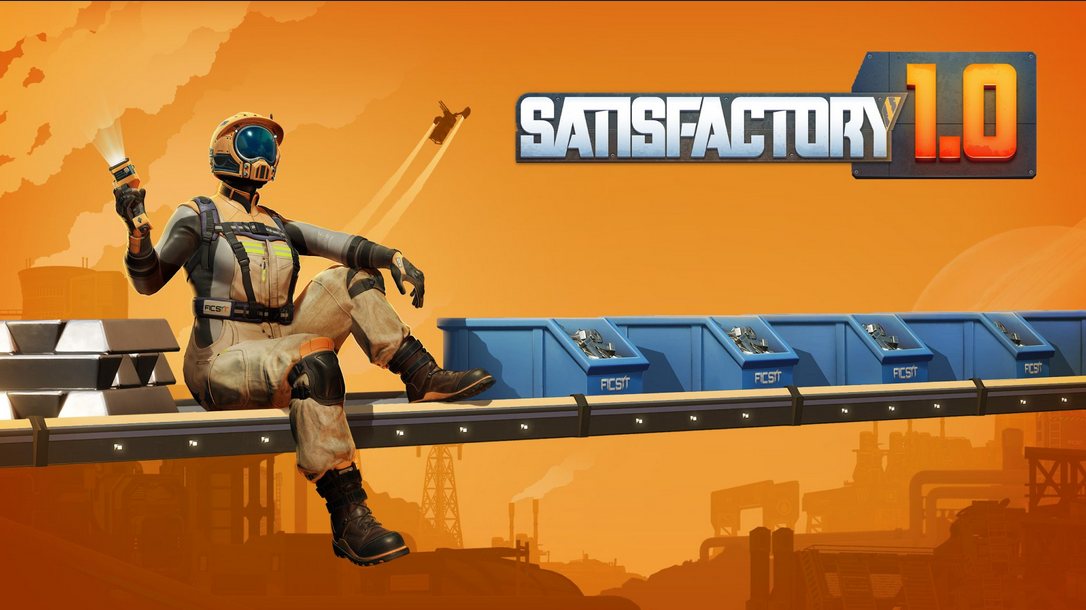Introduction
I’m thrilled to announce the launch of my new Satisfactory game server, designed specifically for hosting co-op multiplayer sessions for me and my Discord friends. This project has been an exciting journey—from overcoming deployment challenges to optimizing performance for a smooth gaming experience.
Deployment Process
The server runs through a Pterodactyl Docker container, with a dedicated container for the Satisfactory game server. I started by downloading a Satisfactory “egg” and importing it into Pterodactyl. With a simple node allocation and server creation based on this egg, I quickly got the server up and running. Although I didn’t use any automation tools, the process was straightforward and allowed for a hands-on learning experience with containerized game server deployment.
Performance and Game Settings
Performance has been a key priority for me. The server runs at an impressive 400 FPS, ensuring that gameplay is smooth and responsive. I experience an 8ms latency, while other players in the same country see latencies in the range of 28-38ms. In the game settings, I made a couple of important tweaks:
- Continuous Operation: The server is configured to stay up without shutting itself off.
- Autosave Frequency: I reduced the autosave interval from every 10 minutes to every 5 minutes, ensuring that progress is captured more frequently.
These adjustments help deliver a stable and enjoyable experience for everyone involved.
Overcoming Deployment Challenges
The biggest hurdles weren’t with the game server itself but with the Pterodactyl setup:
- SSL Certificate Generation: I had to generate my own SSL certificate for the Pterodactyl site as well as for each node, which was a learning curve in secure server configuration.
- Direct Access with Sudo: One unexpected win was discovering that with sudo access, I can directly
cdinto/var/lib/pterodactyl/volumes/<container id>. This has saved me a lot of time since I no longer need to rely solely on SFTP when I have physical access to the server.
These challenges, while initially daunting, provided valuable insights and ultimately improved my overall deployment workflow.
Community Experience and Feedback
Since the server launch, it’s remained impressively stable—even as the game’s build has grown more complex. Feedback from my Discord community has been overwhelmingly positive. Players have noted:
- Consistently smooth gameplay with very little rubberbanding.
- Minimal downtime, which is crucial for keeping a casual gaming environment fun and engaging.
Conclusion
Deploying this Satisfactory server has been both a technical challenge and a rewarding endeavor. The robust performance, thoughtful configuration tweaks, and practical lessons learned during the setup have all contributed to a reliable gaming experience. I’m excited to continue refining the server and share more updates with the community. Stay tuned for further enhancements and happy gaming!
